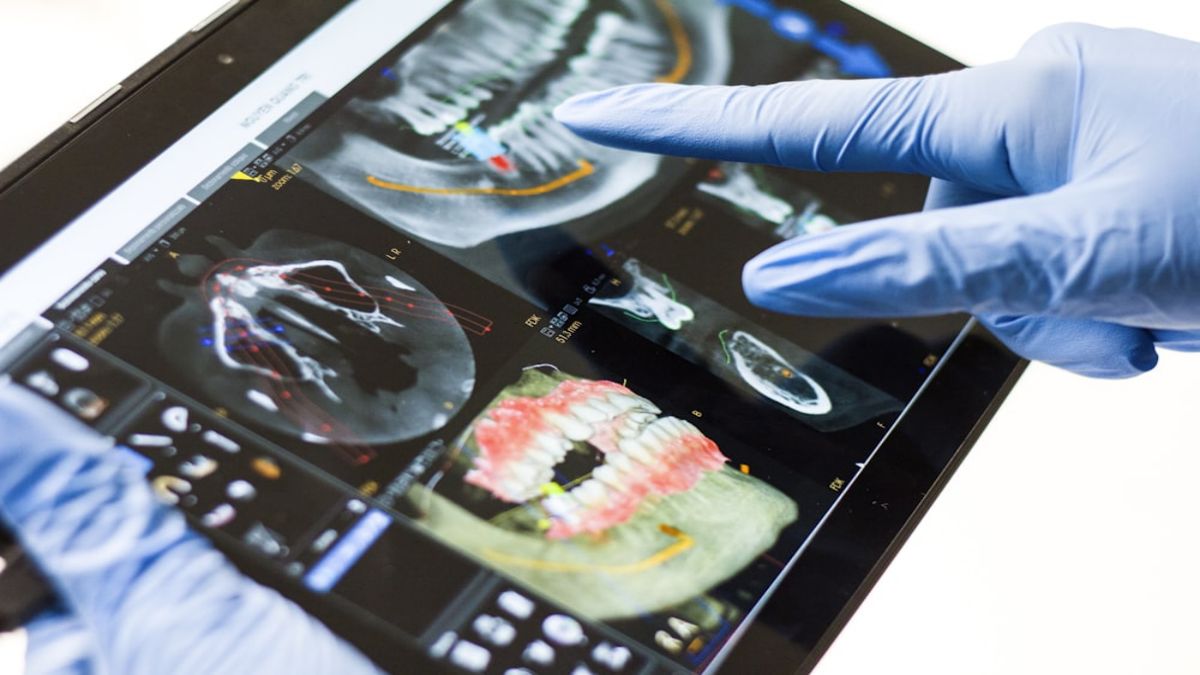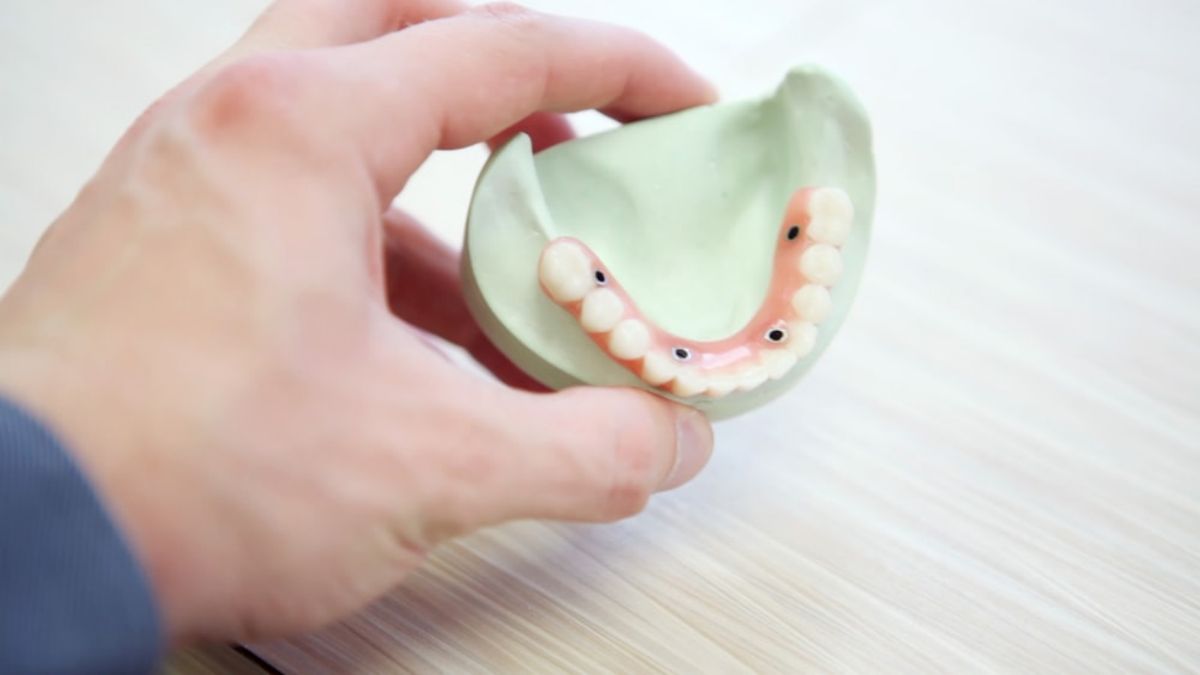Exploring Key Factors in Dental Health
Despite the fact that good oral health is essential to general well-being, many people neglect this area until it becomes a major problem. Recently, people's dental health has been affected by changes in dietary habits, budgetary limitations, and new technology.
By raising knowledge of these issues among healthcare practitioners and individuals, we can improve health outcomes and mitigate the impact of larger public health concerns. This article examines the effects on oral health of dietary changes, economic barriers, and technological advancements.
Technological Advancements in Dental Care
Digital dentistry and precision care
Digital dentistry has enhanced patient care by advancing dental technology. Digital imaging makes accurate diagnoses easier; lasers make unpleasant procedures possible, and 3D printing makes accurate dental prostheses possible. Digital scanning and intraoral cameras allow dentists to detect oral health issues earlier than before.
These advances allow less invasive treatments to be completed faster, improving patient comfort and therapeutic results.
Digital technology also allows for personalized treatment programs, which improves dental care. Dental treatment is more successful when these strategies are adapted to each patient's oral terrain.

The role of teledentistry
During the COVID-19 pandemic, teledentistry let patients to securely continue dental treatment while adhering to social distance rules. This cutting-edge dentistry removes the need for patients to visit the clinic for consultations, initial assessments, follow-up visits, and non-emergency dental procedures.
The American Dental Association projected a 23% rise in teledentistry use in 2020, indicating its growing popularity among patients and clinicians. Teledentistry, which might improve dental access, is another sign of a more flexible and patient-centered healthcare model.
This technology might drastically increase dental care availability, which is especially important for rural and economically disadvantaged people.
Economic barriers to accessing dental services
Treatment for dental issues can be rather pricey in nations where the public healthcare system is not adequately supported. A significant number of individuals are unable to afford necessary dental care because of the high expenses involved and the limited coverage provided by these insurance policies.
More than thirty percent of households in the middle class avoid going to the dentist because they are concerned about their finances. You run the risk of developing more serious tooth problems that require more time to correct if you put off getting dental treatment.
People's health, quality of life, and productivity are all negatively impacted by untreated dental disorders, which adds to the burden placed on the economy.
Consumers should spend less cash and have more insurance coverage in order to make dental treatment more accessible and to minimize long-term health problems while also reducing healthcare costs.

Socioeconomic disparities
Dental care is affected by income inequality. Poorer people visit the dentist more often. This is because they have trouble getting dental care, don't understand health concerns, and need pricey procedures.
Geography and education limit preventative healthcare awareness and access, worsening this disparity. They also hinder receipt.
It should be our top priority to provide cheap, high-quality dental care to all Americans. This is only possible with inclusive health policy.
Communities may improve public health and minimize oral health issues by eliminating cultural and economic obstacles. This may be done by making dental care more affordable for all economic levels.
Impact of Dietary Trends on Dental Heath
The sugar consumption surge
Sugar consumption that is excessive in today's diets is detrimental to tooth health. Consuming sugary foods and beverages leads to a rise in the organisms that cause tooth decay, which in turn leads to poor oral health.
Sugar accounts for more than ten percent of the calories that many individuals consume, notwithstanding the recommendations of the World Health Organization. As a result of their fondness for sugary beverages, processed foods, and chain restaurants.
Because of the greater likelihood that they may develop cavities, younger children and teens should be worried about the amount of food and drink that they consume regularly. Interventions from the public health sector are required in order to combat this prevalent problem.
These adverts ought to caution against consuming an excessive amount of sugar and encourage healthier diets.

The rise of functional foods
A trend toward functional meals that are beneficial to teeth and gums appears to have occurred as a result of increased knowledge of health issues. This shift occurred not too long ago.
It has been demonstrated that probiotic yogurts are effective in combating dangerous bacteria in the mouth. Because of this,oral hygiene is improved, and dental problems are reduced.
Fruits and vegetables that are high in fiber stimulate saliva production, which in turn remineralizes tooth enamel and reduces the amount of acid produced by the mouth.
More and more individuals are becoming aware of the positive effects that certain foods may have on their health when they are included in their diets.
It is possible that the oral health outcomes may improve as a result of this trend, in conjunction with educational initiatives and wider availability of nutritious meals.
Nutritional deficiencies and oral health
Malnourished people have visible gums and teeth. Consuming the necessary daily amount of minerals like vitamin C, calcium, and omega-3 fatty acids helps keep your teeth and gums healthy and reduces your risk of sickness.
Damage to the tooth enamel, gum disease, and cavities can result from a lack of certain nutrients in the diet. When the enamel of a tooth is damaged, it might lead to these issues.
Conclusion
Social mores, financial limitations, and technological developments are only a few of the factors that could influence people's oral health. It is possible that these factors interact to affect dental hygiene. Due to its intricacy, the dense network of impacts is difficult to understand.
By adopting new technologies, advocating for healthy diets and lifestyles, and fighting to eliminate economic inequities, citizens and healthcare professionals alike may make a difference in public health.
Recognizing and addressing these issues is of utmost importance for future health protection, since oral health is a critical component of overall health.
Taking a comprehensive approach ensures that readers will be able to obtain dental treatment and maintain great oral hygiene even if they are on a restricted budget or have unique dietary limits.
This is because the strategy takes into account all aspects of oral health. At the end of the day, the dental health of the general population as well as the oral health of everyone else will improve.
OTHER NEWS
-
- The United States: A Journey Through Five Iconic Landmarks
- By Molly Joshi 23 May,2024

-
- Gear Up and Go: Your Beginner's Guide to Finding the Perfect Bicycle
- By Kamal Singh 17 May,2024

-
- Introduction to the History of Waterway and River Travel
- By Kamal Singh 21 May,2024

-
- Massachusetts Travel Guide: Everything You Need to Know!
- By Nauman Rehmat 17 May,2024

-
- Traveling Along American Riverbanks: A Trip Through the Okefenokee Swamp
- By Kamal Singh 21 May,2024

-
- Popular River Travel Destinations Around the World
- By Kamal Singh 21 May,2024

-
- How to Choose the Right Sleeping Bag
- By Prodosh Kundu 19 Aug,2024

-
- Full Guide: How to Teach a Kid to Ride a Bike and Make Them a Cycling Champion!
- By Muhammad Abdullah 28 Apr,2024

-
- The Art of Planning an Affordable Trip: Tips and Tricks for the Budget-Conscious Traveler
- By Molly Joshi 23 May,2024

-
- Traveling Along American Riverbanks: Grand River, Red River
- By Kamal Singh 21 May,2024

-
- How to Choose the Right Hiking Boots
- By Prodosh Kundu 19 Aug,2024

-
- The Five Best Destinations to See the Northern Lights
- By Prodosh Kundu 19 Aug,2024

 1
1 1
1